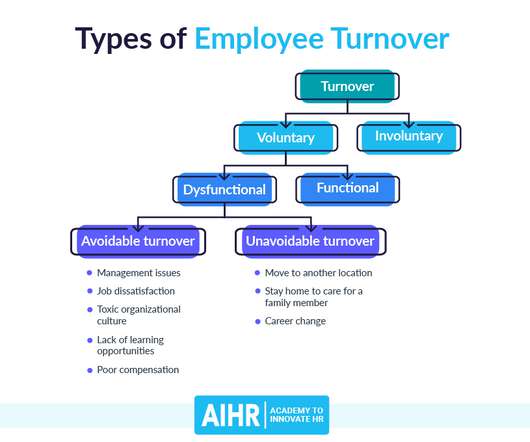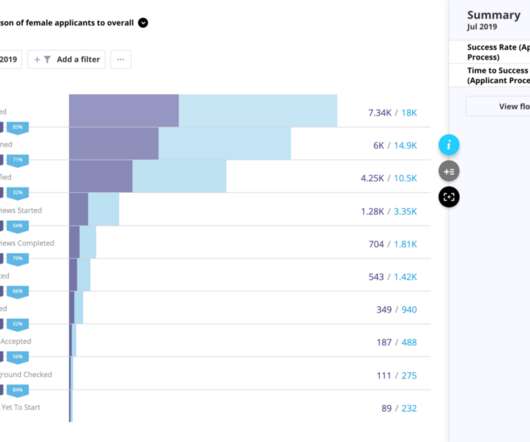15 HR Analytics Case Studies with Business Impact
AIHR
NOVEMBER 5, 2018
On March 13 2015, the Wall Street Journal published an article titled: “The Algorithm That Tells the Boss Who Might Quit”. This information was provided anonymously to managers so they could reduce turnover risk factors and retain their people better. Turnover at Experian. Nielsen created a similar predictive model back in 2015.










































Let's personalize your content